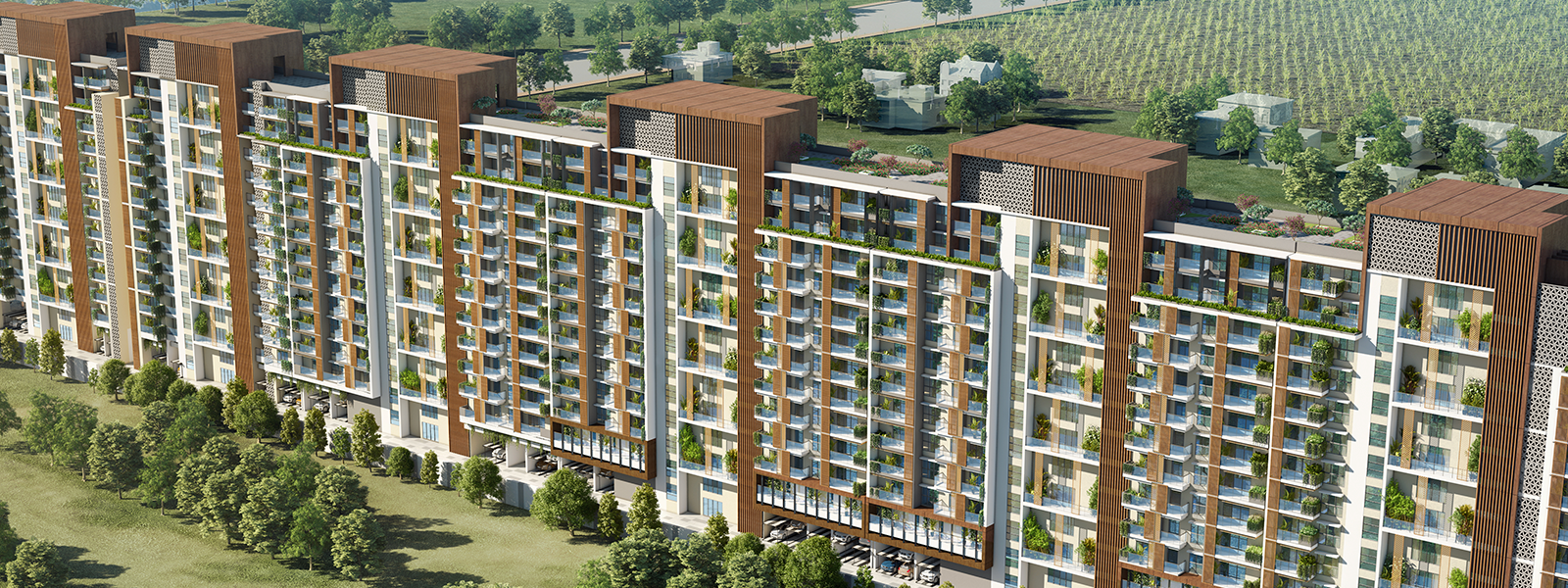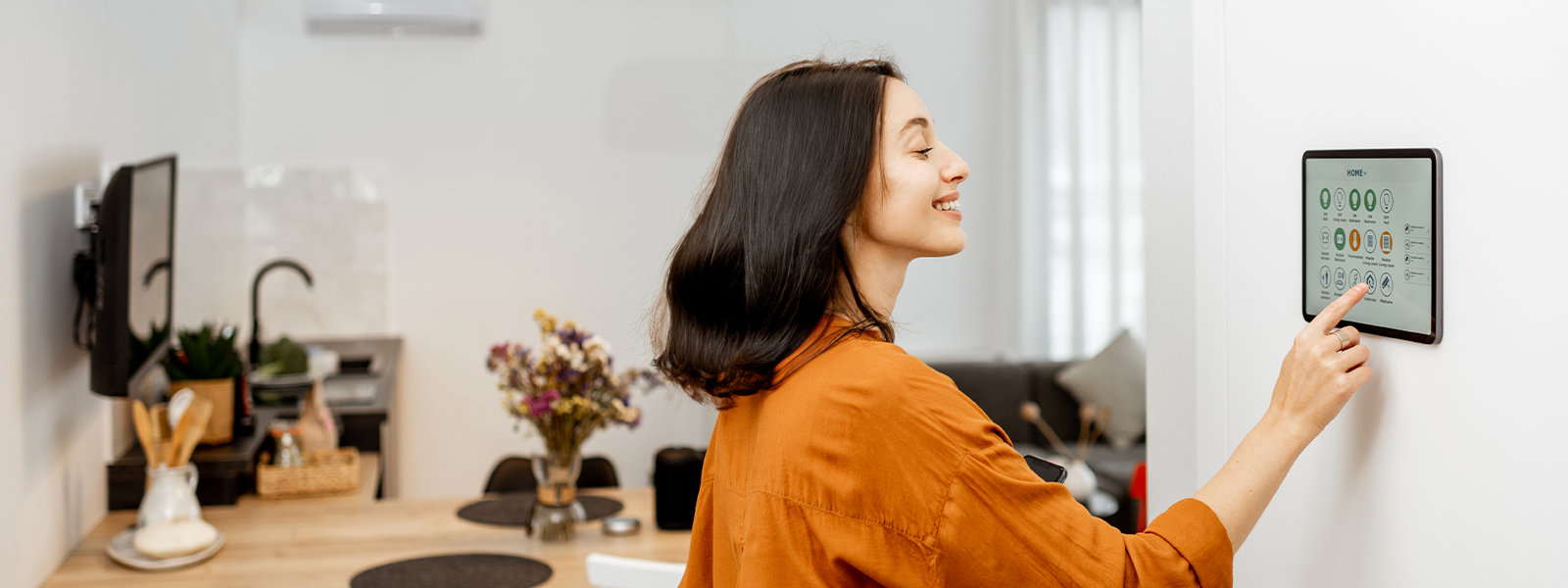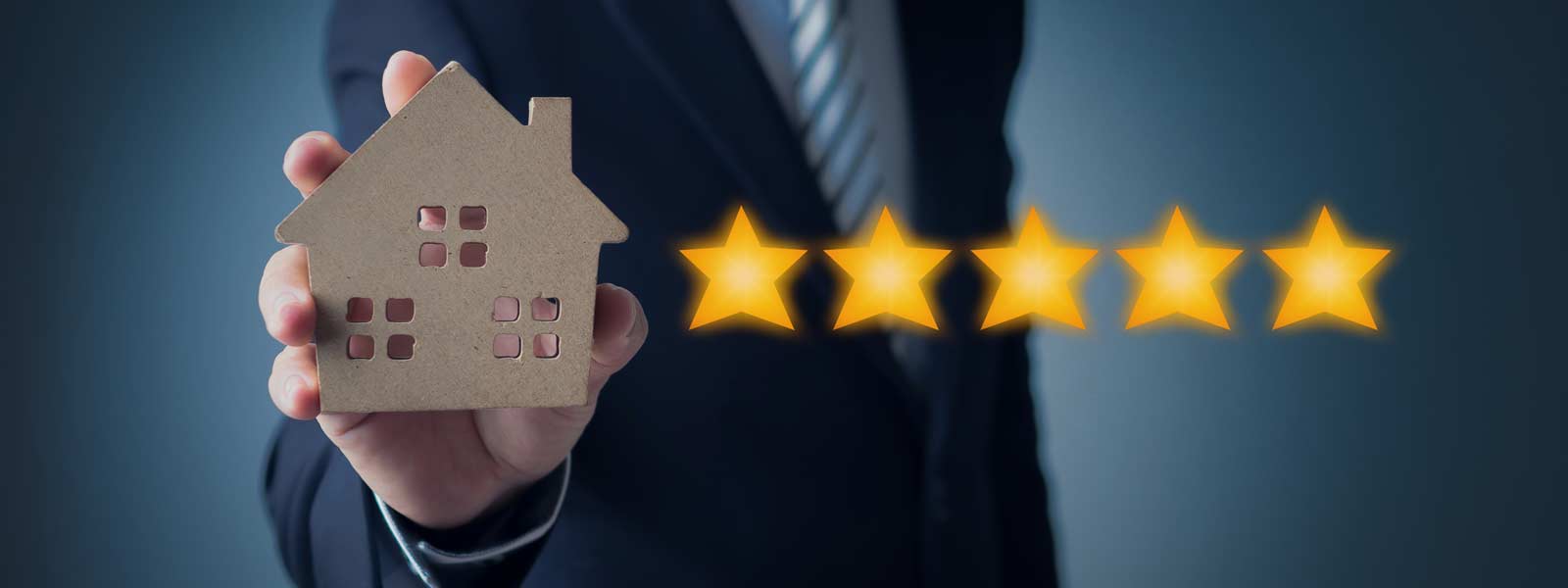The Rise of Sustainable Architecture: How Buildings are Becoming More Eco-Friendly
July 13, 2023 in Property Guide

If you're someone with a keen interest in the future of architecture and design in India, you can't ignore the rise of sustainable architecture. Sustainable architecture, also known as eco-friendly buildings, is the practice of designing and constructing buildings in an environmentally conscious way that promotes sustainable development.
Energy-efficient design is a key aspect of sustainable architecture, as it helps reduce a building's carbon footprint and energy consumption. Sustainable construction materials and techniques are also used to minimize waste and maximize resource efficiency.
Sustainable development is gaining popularity in India due to increasing environmental awareness and a desire to build more responsibly. As the country continues to develop, sustainable architecture will play a crucial role in mitigating the negative environmental impacts of urbanization.
Standout benefits of sustainable architecture include lower operating costs, improved indoor air quality, and a reduced environmental footprint. It's therefore clear why sustainable architecture design becoming a leading trend in the industry. Let’s explore the latest real estate industry trends and the future of sustainable development in the country.
Sustainable Architecture Design Trends in India
Sustainable architecture is becoming increasingly popular in India as people are recognizing the importance of building eco-friendly structures. Here are some of the latest sustainable architecture design trends in India that you should know about:
Passive Cooling Techniques
: There is a steady rise in temperature due to climate change. As a result, architects in India are focusing on using passive cooling techniques such as shading and natural ventilation to reduce the need for air conditioning.Green Roofs
: Green roofs are quickly gaining popularity in India. This is due to their numerous environmental benefits, including reducing the urban heat island effect, improving air quality, and reducing stormwater runoff. Green roofs also provide an aesthetic appeal and are also useful for growing vegetables and herbs.Renewable Energy
: Renewable energy sources such as solar panels and wind turbines are being incorporated into sustainable architecture design in India. This allows buildings to generate their own electricity, reducing their reliance on the grid and lowering their carbon footprint.Biophilic Design
: Biophilic design is the practice of incorporating nature into the built environment. This trend is becoming popular in India as it promotes mental and physical well-being by improving air quality, reducing stress, and increasing productivity.Sustainable Materials
: Sustainable construction materials such as bamboo, mud bricks, and recycled materials are used in sustainable construction. These materials are environmental-friendly and help reduce waste and resource consumption.Net-Zero Buildings
: Net-zero buildings are designed to generate as much energy as they consume, resulting in a zero-carbon footprint. This is achieved through a combination of energy-efficient design, renewable energy sources, and sustainable materials. Net-zero buildings are becoming increasingly popular in India as people strive to build more eco-friendly buildings.
=> Read More:- What is Penthouse?
Benefits of Sustainable Architecture
Sustainable construction has numerous benefits, making it an increasingly popular choice for builders and developers. Here are some standout benefits of sustainable construction that you should know about:
Lower Operating Costs
: Sustainable buildings are designed to be energy-efficient, resulting in lower operating costs. By reducing energy consumption, you can save money on utilities and maintenance costs.Reduced Carbon Footprint
: Sustainable construction helps to reduce carbon emissions by using renewable energy sources and sustainable materials. This makes them environmentally friendly and reduces their impact on the planet.Improved Air Quality
: Sustainable buildings promote healthy indoor air quality by using non-toxic materials that do not emit harmful chemicals. This improves the health and well-being of building occupants.Increased Property Value
: Sustainable buildings have a higher property value compared to traditional buildings. This is because they are energy-efficient, environmentally friendly, and have lower operating costs.Higher Return on Investment
: Eco-friendly buildings have a higher return on investment due to reduced operating costs, increased property value, and higher tenant retention rates.Improved Health and Wellbeing
: Sustainable development promotes health and well-being by incorporating natural elements such as daylight, fresh air, and biophilic design. This improves the productivity and happiness of building occupants.Reduced Water Usage
: Sustainable construction reduces water usage by incorporating water-efficient fixtures and fittings. This helps to conserve water and reduce water bills.Reduced Waste
: Sustainable architecture design reduces waste by using recycled materials and designing buildings that are easy to deconstruct and recycle. This helps to reduce landfill waste and conserve resources.Compliance with Regulations
: Sustainable construction helps to comply with regulations and building codes that promote sustainable development. This ensures that your building is up to code and reduces the risk of penalties and fines.Social Responsibility
: Green buildings promote social responsibility by reducing the impact on the environment. It is also helpful in improving the health of occupants. This promotes a better quality of life for everyone.
Challenges of Sustainable Development Architecture
While sustainable construction offers many benefits, there are also several challenges that you may face. Here are some challenges of sustainable development that you should be aware of:
Higher Upfront Costs
: Sustainable architecture design often requires higher upfront costs due to the use of sustainable materials and technologies. This can be a challenge for builders and developers who have limited budgets.Lack of Skilled Labour
: Sustainable development requires skilled labour, which can be difficult to find. Builders and developers may need to invest in training their workforce or hire specialized contractors.Limited Availability of Sustainable Materials
: Sustainable materials may not be readily available in certain areas. This can make it challenging to source materials that meet sustainability criteria.Design Constraints
: Sustainable construction requires specific design considerations, such as orientation, insulation, and ventilation. These design constraints can limit the design flexibility of buildings.Complexity of Sustainable Technologies
: Sustainable technologies can be complex and require specialized knowledge and skills to install and maintain. This can be a challenge for builders and developers unfamiliar with sustainable construction.Resistance to Change
: Sustainable development requires a change in mindset and practices. This can be met with resistance from industry professionals who are not accustomed to sustainable practices. This resistance can make it challenging to adopt sustainable construction practices and technologies.
=> Read Also:- Decoding the Real Estate Laws (Acts) and Regulations in India
Future of Sustainable Architecture in India
Sustainable architecture has become an essential element of the construction industry in recent years, and it's only set to grow in the future. Here are some of the trends that you can expect to see in the future of eco-friendly buildings:
Zero-Carbon Buildings
: The concept of zero-carbon buildings is gaining traction worldwide. Such green buildings are designed to emit no carbon during operation and construction. They use energy-efficient design, renewable energy sources, and sustainable materials.Smart Buildings
: With the integration of Internet of Things (IoT) technology, smart buildings have become the future of sustainable development. Sensors are used to monitor a building's energy consumption, allowing for optimization and reduction of energy wastage.Biophilic Design
: Biophilic design is the integration of natural elements such as plants and green spaces into buildings. This trend is set to grow in the future, as it has been shown to have a positive impact on people's health and well-being.Sustainable Infrastructure
: Sustainable infrastructure such as public transportation, bike lanes, and pedestrian walkways are essential for sustainable development. Sustainable architecture will play a vital role in designing and implementing such infrastructure.Circular Economy
: The circular economy is an economic system that aims to eliminate waste and promote the reuse and recycling of resources. Sustainable architecture can contribute to the circular economy by using sustainable materials and designing buildings that are easy to deconstruct and recycle.Net Positive Energy Buildings
: Net positive energy buildings generate more energy than they consume. This can be achieved through a combination of energy-efficient design, renewable energy sources, and storage systems. Such sustainable buildings are the future of sustainable architecture, as they will help reduce our reliance on fossil fuels and curb carbon emissions.Disaster Resilience
: Climate change is causing an increase in natural disasters, making it essential to design buildings that are resilient to such events. Sustainable architecture can play a vital role in designing buildings that can withstand natural disasters such as earthquakes, floods, and hurricanes.Healthy Buildings
: Buildings that promote health and well-being are becoming increasingly popular. Sustainable architecture can contribute to this trend by using materials that do not emit harmful chemicals and designing buildings that promote natural light and ventilation.
Conclusion
Sustainable development is set to play an increasingly significant role in the future of the construction industry. With a growing focus on sustainable development and reducing carbon emissions, sustainable architecture will be vital in creating a more environmentally friendly future. By incorporating the latest sustainable architecture design trends, architects can create buildings that are not only eco-friendly but also promote health, well-being, and resilience.
Adani Realty is committed to promoting sustainable construction practices and providing the clients with latest sustainable architecture design trends in India. Contact the team from Adani Realty today to learn more about the incorporation of sustainable construction practices into every project.
MORE ARTICLES
The Impact of Customer Experience on the Real Estate Industry - Real Estate Customer Experience (CX)
Buying a property, new house or office space is not an impulsive decision. It involves months of research and planning before clients reach a decision and are ready to make a commitment. While a client is trying to reach a decision, the kind of service and experience you offer them becomes a key factor that helps them decide.
Looking for dream spaces, not sure where to start?
Leave us a query and our representative will get back to you.
Disclaimer
The Adani Realty expressly disclaims all liability in respect to actions taken or not taken based on any or all the contents of this Blog. The content of this blog is collation of data from various sources and is provided only for information purpose only and Adani Realty does not canvass the particulars, information, brand or any other materials mentioned in the blogs nor does it obtain any monetary benefit from the same.The Adani Realty shall in no circumstance be held liable for any expense, loss or damage including, without limitation, direct, indirect or consequential loss or damage, or any other expense, loss or damage whatsoever arising from the use of data, information, interpretation, judgement or opinion arising out of or in connection with the use of this Blog. Reader is advised to read and apply his/ her intellect and discretion in this regards.

